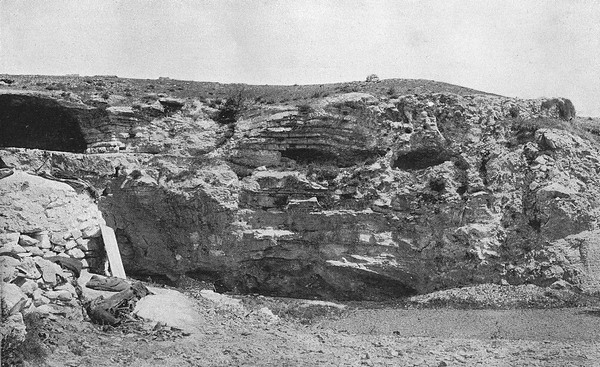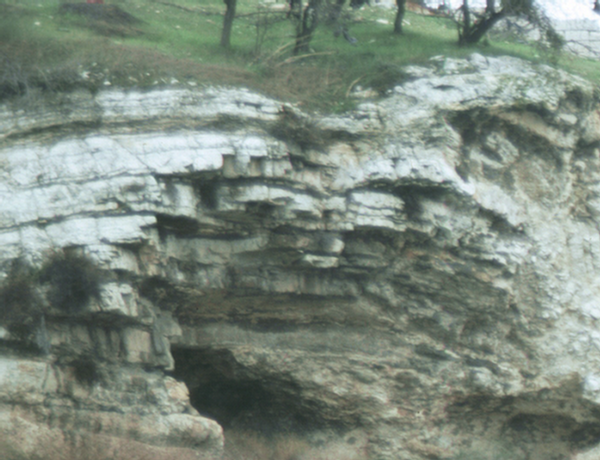
Two Clouds Of Eyewitnesses -
Yet they are not done away with. Instead this is a legitimate alternative. It is El Elyown-
Again read John 6:43-
Cultic worship is always centred around a holy place, such as the tabernacle at Shiloh (Judges 18:31) or Nob (1 Samuel 21:1-
Sacrifices may also only be made in the presence of priests and Levites. When one lives far from these, then one cannot partake of them like the rest, unless one goes on a pilgrimage to such a holy site.
The twelve students of the Lord faced such restrictions after leaving Yeruwshalem (Matthew 28:19-
Here the Last Supper alternative came in very handy, since it gave them direct access to Heaven, for this is its chief purpose. The Spirit of Truth Yahbeth was sent to make this possible.
How many times did the sholech ("sent one") Yowchanan, the nephew of Caiaphas, celebrate the passover while imprisoned on the Isle of Patmos?
The exodus meal meant a lot to him. Zebedee and Caiaphas were brothers. In its absence, however, he could partake of Yeshuwa's covenant meal with flat bread and a sip of wine.
If modern Jewry wants to build another holy place and attract the Presence of Yahuw'ah, then, wherever it is, this will be a valid place to continue offering sacrifices to Him. They have the right to do this. Such sacrifices show Yahuw'ah fear and respect. They keep His name holy. In turn the people are blessed.
Yeshuwa's death on the cross did not end the sacrifices. This was never its intention, just Paul's misinterpretation. The Book of Acts states that the Twelve continued in the temple after Pentecost. Even Paul desired to be there on the day of Pentecost, according to Acts 19:16.
Yet the new holy place does not have to be built on the temple mount itself. That was a convenient place to put it. The rock upon which Abraham put his bound son Yitschaq was above the escarpment behind where Yeshuwa was crucified at Gordon's Calvary.
© 2019 Wayne J Zanker [FIMIOL Photographics]
The cave next to the human-
Amid all the quarry excavations for the city and temple, to ensure its preservation he kept an eye over the rock above where the young ram replaced the promised son, prophesying El Elyown's own sacrifice on the cross 1945 years later. Nearly thirty years ago it looked like this.


Rock of Abraham